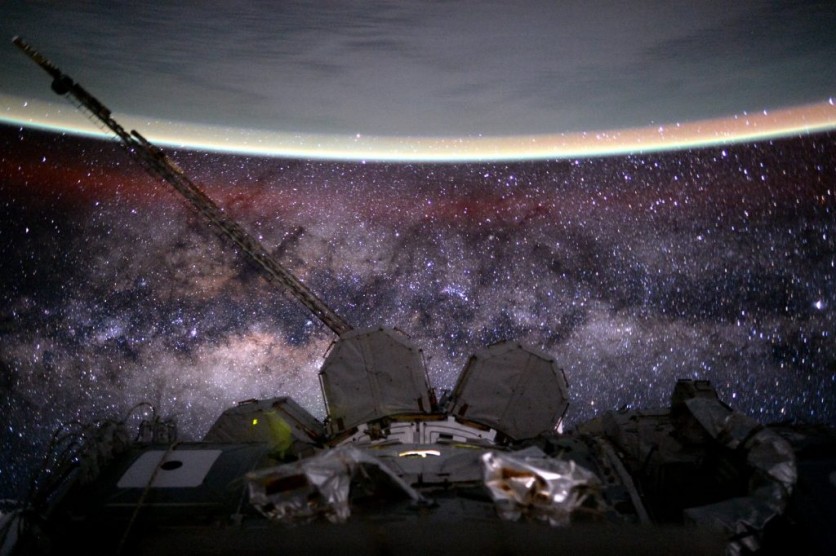NASA recently announced that the crucial space environment tests for its Atmospheric Waves Experiment (AWE) had been completed successfully.
AWE will investigate gravity waves in Earth's atmosphere during its planned flight to the International Space Station (ISS) to learn more about the linkages generated by climate systems within and between the atmosphere and space.

AWE Mission's Goal
AWE will examine how gravity waves move through the upper atmosphere by looking directly down into Earth's atmosphere from its exceptional vantage point on the ISS.
Scientists will be able to learn from the data gathered by AWE how terrestrial weather affects the ionosphere, which can interfere with satellite communication, and the mechanics and features of atmospheric gravity waves.
The goal of the AWE mission is to better understand gravity waves in the ionosphere, thermosphere, and mesosphere system, which is the region of Earth's atmosphere between 50 and 500 kilometers in altitude.
Due to the large concentration of electrically charged particles, space weather in this area, particularly in the ionosphere, can directly interfere with space-based communication systems.
Researchers will learn more about how Earth's weather affects upper atmospheric qualities by examining atmospheric gravity waves, according to NASA.
"AWE is a highly sensitive, precise science instrument designed to be fitted on the International Space Station and operate in the harsh space environment," Burt Lamborn, AWE project manager at Utah State University's Space Dynamics Laboratory (SDL), said in a statement.
"To ensure that AWE will survive launch turbulence and operate as designed once in space, SDL put the instrument through its paces on the ground."
Electromagnetic Testing
The AWE instrument undertook electromagnetic interference or electromagnetic compatibility testing to ensure that it does not emit electromagnetic signals that could intrude with equipment onboard the space station and to ensure that interference from the spacecraft will not affect AWE's capability to generate data.
AWE was put through vibration testing on a shaker table that replicated the launch vibration that AWE will experience.
It was also exposed to a simulated flying environment, including cycling between extremely hot and cold temperatures while undergoing thermal vacuum testing.
Engineers had to calibrate the entire system as well to ensure that the instrument satisfies the mission's criteria and to demonstrate its capabilities and constraints under operating circumstances.
AWE is managed by the Explorers Program Office at NASA's Goddard Space Flight Center in Greenbelt, Maryland, and is overseen by Michael Taylor at Utah State University in Logan.
The AWE equipment is being built by the Space Dynamics Laboratory of Utah State University, which will also supply the mission's control facility.
Related Article : NASA Human Exploration Splits into Two Departments to Better Focus on Future Flights like the Artemis, and MORE

![Apple Watch Series 10 [GPS 42mm]](https://d.techtimes.com/en/full/453899/apple-watch-series-10-gps-42mm.jpg?w=184&h=103&f=9fb3c2ea2db928c663d1d2eadbcb3e52)



